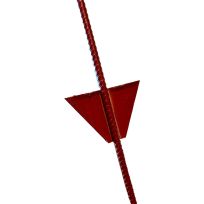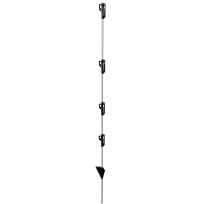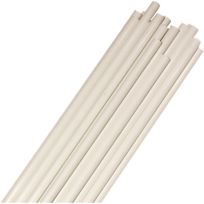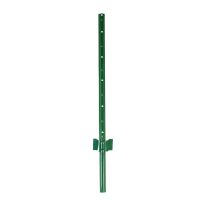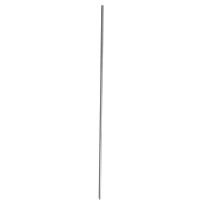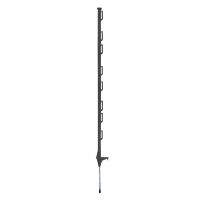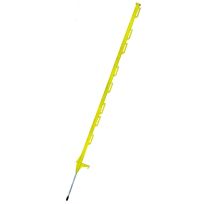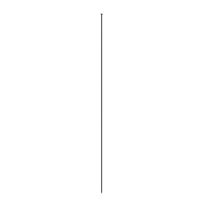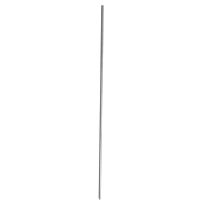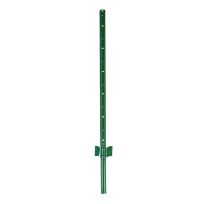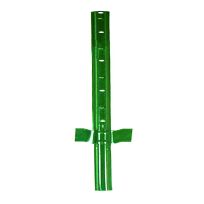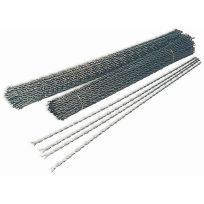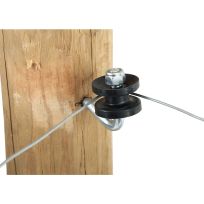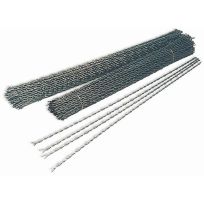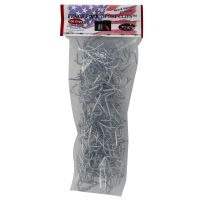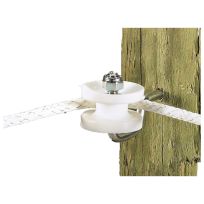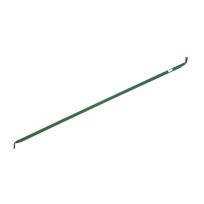Search results for: 'blog post bom marketing a 4 step lawn fertilizer program'
- Related search terms
- bomg
- Bomgaars+near+me
- Bomgaars+in+all
- Bomgaa
- Bomgaar
-
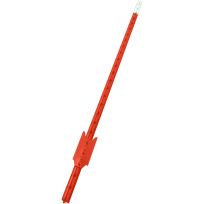 CMC Southern Post T-Post with Plate, Orange, 1.25 LB, 30052647, 6 FTSale $4.94 Regular Price $5.49
CMC Southern Post T-Post with Plate, Orange, 1.25 LB, 30052647, 6 FTSale $4.94 Regular Price $5.49 -
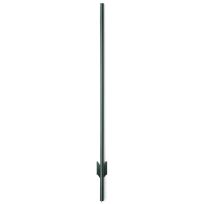 T-Post, Green, 1.25 LB, FPN125084GG, 7 FTSale $6.29 Regular Price $6.99
T-Post, Green, 1.25 LB, FPN125084GG, 7 FTSale $6.29 Regular Price $6.99 -
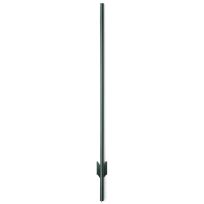 T-Post, Green, 1.25 LB, FPN125072GG, 6 FTSale $4.94 Regular Price $5.49
T-Post, Green, 1.25 LB, FPN125072GG, 6 FTSale $4.94 Regular Price $5.49 -
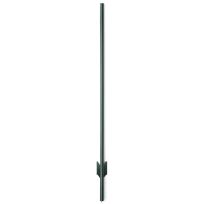 T-Post, Green, 1.33 LB, FPN133072GL, 6 FTSale $6.11 Regular Price $6.79
T-Post, Green, 1.33 LB, FPN133072GL, 6 FTSale $6.11 Regular Price $6.79 -
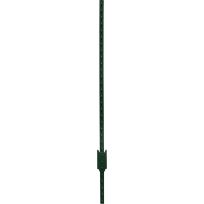 T-Post with Plate, Green, 1.25 LB, 30052612, 8 FTSale $7.19 Regular Price $7.99
T-Post with Plate, Green, 1.25 LB, 30052612, 8 FTSale $7.19 Regular Price $7.99 -
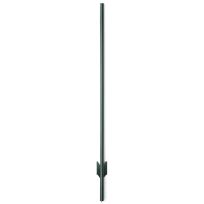 T-Post, Green, 1.25 LB, FPN125060GG, 5 FTSale $4.31 Regular Price $4.79
T-Post, Green, 1.25 LB, FPN125060GG, 5 FTSale $4.31 Regular Price $4.79 -
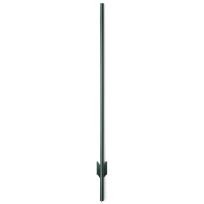 T-Post, Green, 1.25 LB, FPN125066GG, 5.5 FTSale $4.76 Regular Price $5.29
T-Post, Green, 1.25 LB, FPN125066GG, 5.5 FTSale $4.76 Regular Price $5.29 -
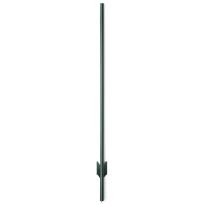 T-Post, Green, 1.25 LB, FPN125078GG, 6.5 FTSale $5.66 Regular Price $6.29
T-Post, Green, 1.25 LB, FPN125078GG, 6.5 FTSale $5.66 Regular Price $6.29 -
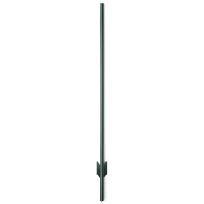 T-Post, Green, 1.33 LB, FPN133066GL, 5.5 FTSale $5.39 Regular Price $5.99
T-Post, Green, 1.33 LB, FPN133066GL, 5.5 FTSale $5.39 Regular Price $5.99 -
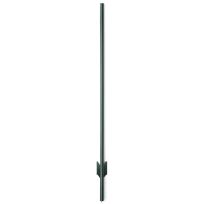 T-Post, Green, 1.33 LB, FPN133078GL, 6.5 FTSale $6.56 Regular Price $7.29
T-Post, Green, 1.33 LB, FPN133078GL, 6.5 FTSale $6.56 Regular Price $7.29
My Wish List
Last Added Items
You have no items in your wish list.

